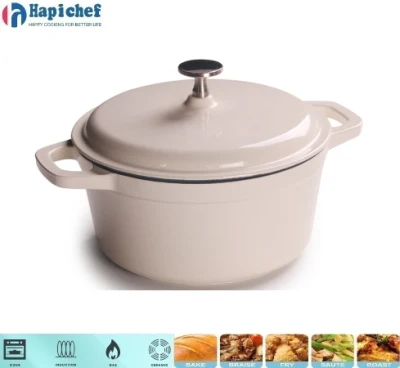prepping a cast iron skillet
Preparing a Cast Iron Skillet A Complete Guide
Cast iron skillets are beloved kitchen tools recognized for their durability, excellent heat retention, and versatility. Whether you’re a seasoned cook or a beginner in the kitchen, preparing a cast iron skillet is essential for optimal cooking results and prolonging the skillet’s life. In this guide, we’ll explore the steps to properly prepare and maintain your cast iron skillet.
1. Understanding the Seasoning Process
Seasoning is a crucial part of preparing a cast iron skillet. It involves coating the skillet with a layer of oil and heating it to create a natural, non-stick surface. This process not only enhances the cooking experience but also protects the skillet from rust. The ideal oils for seasoning include flaxseed, canola, or vegetable oil, as they have high smoke points.
2. Cleaning the Skillet
Before seasoning, ensure your skillet is clean. If it’s new, it should be washed with hot water and a mild detergent to remove any factory residue. For used skillets, remove any food particles using a stiff brush or non-metal scrub pad. Avoid using soap unless absolutely necessary, as it can strip the seasoning. If your skillet is more than just dirty—perhaps with stubborn burnt bits—consider scrubbing it with coarse salt and a little oil to revive it.
3. Drying the Skillet
After cleaning, it’s vital to dry your skillet thoroughly. Moisture can lead to rust; therefore, place the skillet on the stove over low heat for a few minutes to ensure it’s completely dry. This is also a great time to warm it slightly, as it helps in the application of the oil in the next step.
4. Applying Oil
prepping a cast iron skillet

Once the skillet is dry, apply a thin layer of oil using a paper towel or a clean cloth. Rub the oil evenly over the entire surface of the skillet, including the handle and the bottom. A common mistake is to use too much oil, which can lead to a sticky surface; a little goes a long way here.
5. Baking the Skillet
To properly season your skillet, place it upside down in an oven preheated to around 450-500°F (232-260°C). This allows the oil to polymerize, creating a durable non-stick coating. It is advisable to place a baking sheet on the rack below to catch any drips. Bake the skillet for about an hour, then turn off the oven and let the skillet cool inside.
6. Regular Maintenance
To keep your cast iron skillet in top shape, repeat the seasoning process periodically, especially if you notice food starting to stick. After cooking, clean the skillet while it’s still warm, using just water or a mild scrub if necessary. Avoid soaking it and never put it in the dishwasher. Always dry the skillet thoroughly and apply a thin layer of oil before storing it to prevent rust.
7. Cooking with Your Skillet
Once your skillet is seasoned, it's ready for use. You can fry, sauté, bake, or even grill with it. The more you cook with your cast iron skillet, the better the seasoning becomes, enhancing its non-stick properties over time.
In summary, preparing and maintaining a cast iron skillet involves cleaning, drying, oiling, and seasoning. With the right care, your skillet can last for generations, enhancing your cooking and bringing rich flavors to your meals. Embrace the versatility and timeless appeal of cast iron cooking, and enjoy the rewards of your culinary endeavors!
-
Why Every Home Cook Needs a Cast Iron Meat PressNewsNov.12,2024
-
Unlock Perfectly Seared Steaks with the Cast Iron Meat PressNewsNov.12,2024
-
Master the Art of Cooking Thick Cuts of Meat with a Cast Iron Meat PressNewsNov.12,2024
-
How to Care for Your Cast Iron Meat Press: Tips for Longevity and PerformanceNewsNov.12,2024
-
How a Cast Iron Meat Press Enhances the Flavor and Texture of Your BurgersNewsNov.12,2024
-
Roasting Pan for Perfect MealsNewsNov.04,2024
-
Perfect Skillet for SaleNewsNov.04,2024
